Navigating Joe Biden's Ripple Effects: Regulatory Costs, Inflation, and Shrinkflation
- Andrew Langer

- Feb 13, 2024
- 3 min read

Instead of the traditional Presidential Super Bowl interview, and following on the heels of a disastrous news cycle and press conference regarding the president's mental acumen, President Biden instead took to the airwaves this past weekend to discuss "shrinkflation" (the economic condition whereby a company, in order to combat inflation, decides to shrink the portion size of a product instead of raising the prices for the product offered at that initial size). Unsurprising to anyone, the President focused his feigned ire at shrinkflation on supposedly greedy companies--instead of pointing the fingers at how the progressive policies he and his adherents both support and implment are what drives "shrinkflation"/
In the labyrinth of economic dynamics, the interplay between regulatory costs, inflation, and shrinkflation forms a complex narrative that profoundly impacts consumers and businesses alike. With regulatory costs on the rise, the domino effect on inflation and the subtler yet pervasive phenomenon of shrinkflation becomes increasingly evident. Here we delve into the intricate relationship among these elements, drawing on insights from a study by the National Association of Manufacturers, to argue that increased regulatory costs are a significant driver of both inflation and shrinkflation.
The Burden of Regulatory Costs
Regulatory costs, often overlooked, play a pivotal role in shaping the economic landscape. The National Association of Manufacturers' study underscores the hefty price tag associated with compliance, which not only burdens businesses but also indirectly affects consumers. These costs, ranging from adhering to complex regulations to navigating the so-called "regulatory dark matter" of informal guidelines and directives, can stifle innovation, deter investment, and increase operational expenses. The Biden administration's adjustments in the regulatory framework, such as the elevation of the threshold for economically significant rules, further complicate the landscape, potentially allowing more regulations to bypass in-depth cost analysis. This lack of transparency and the underestimation of regulatory costs fuel an environment ripe for economic inefficiencies.
The Inflation Connection
Inflation, a familiar adversary to both consumers and policymakers, is intricately linked to regulatory costs. As businesses grapple with the financial strain of compliance, these costs invariably trickle down to consumers in the form of higher prices for goods and services. The study's adjustment of regulatory costs for inflation offers a sobering perspective on the magnitude of this burden, highlighting how inflation exacerbates the impact of regulatory expenses. This inflationary pressure is not merely a theoretical concern but a tangible reality affecting everyday transactions and the overall cost of living.
Shrinkflation: A Subtle Symptom
Shrinkflation, while less overt than inflation, is a cunning manifestation of the economic pressures exerted by regulatory costs and inflation. The phenomenon, characterized by reducing the quantity or size of products while maintaining prices, is a strategic response by businesses to the dual challenges of rising manufacturing costs and consumer price sensitivity. As regulatory and inflationary pressures mount, shrinkflation becomes an increasingly appealing option for companies striving to balance cost management with consumer expectations.
The Consumer's Dilemma
For consumers, the impact of regulatory costs, inflation, and shrinkflation is a multifaceted predicament. The direct effects of inflation on purchasing power are compounded by the subtler erosion of value through shrinkflation. The strategies to mitigate these impacts, such as paying closer attention to unit prices or opting for whole foods over pre-packaged goods, require a heightened level of consumer awareness and engagement. Yet, these measures only address the symptoms without tackling the root causes: the increasing regulatory costs and the economic policies that fuel inflation.
Towards Transparency and Reform
The intricate dance between regulatory costs, inflation, and shrinkflation calls for a comprehensive approach to economic policy that prioritizes transparency, efficiency, and consumer welfare. By advocating for clearer regulatory cost assessments and more judicious policymaking, it is possible to mitigate the adverse effects on inflation and counteract the need for measures like shrinkflation. Root-to-branch reform of regulatory institutions, coupled with a commitment to economic transparency, can pave the way for a more stable and prosperous marketplace.
It should come as a shock to no one that the President is using shrinkflation as a rallying cry--it is election season, after all, and the public is generally dissatisfied with the President's performance on the economy. But we have to make it clear to the President (and his allies) that the underlying causes for both inflation and shrinkflation rest clearly on his shoulders.








.png)




_gif.gif)